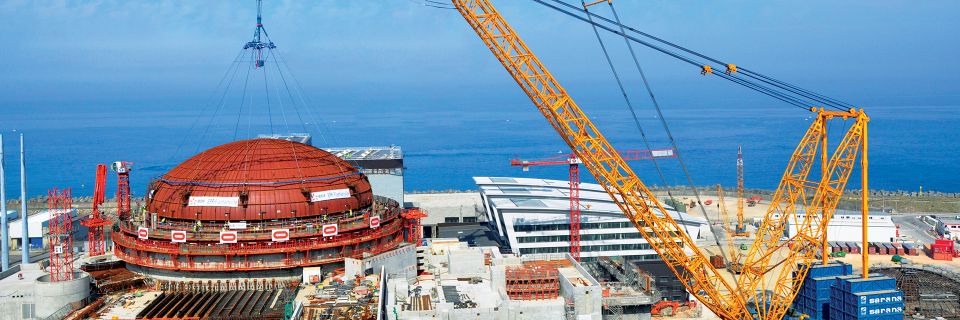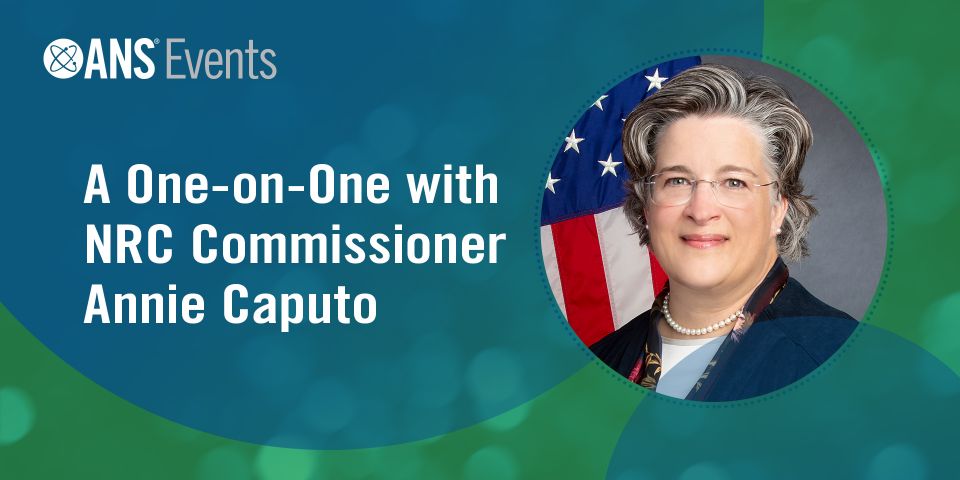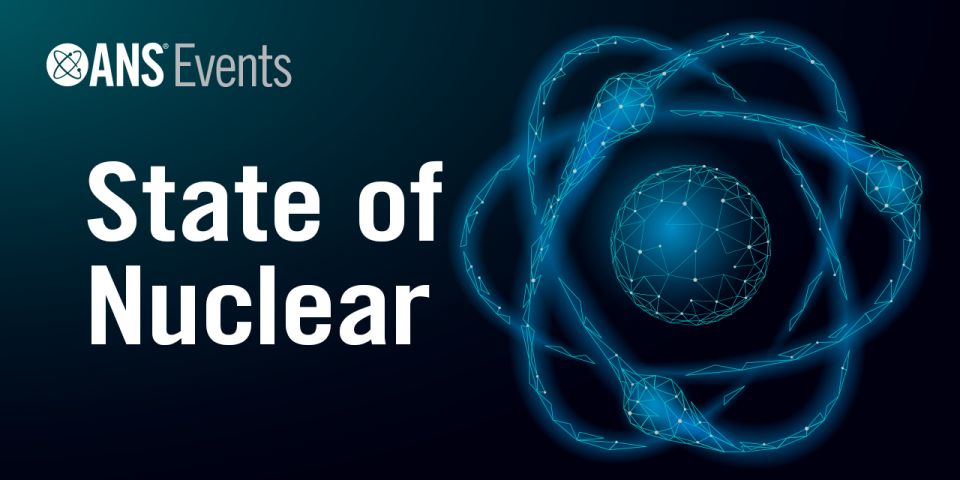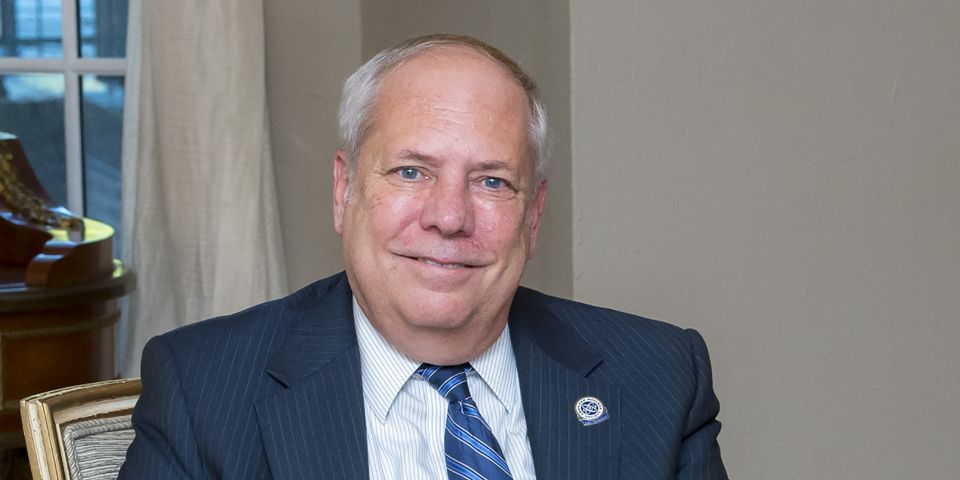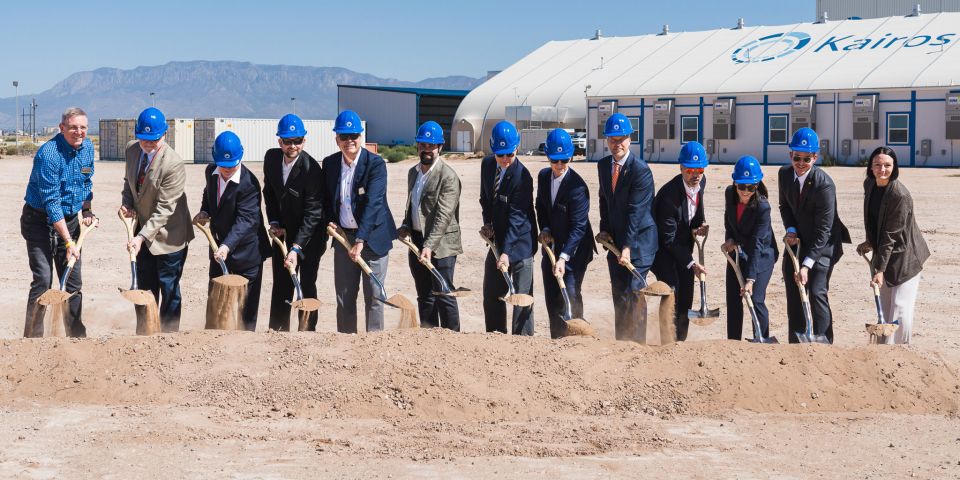Then came a series of rogue waves. Cost overruns, India’s “peaceful” nuclear explosion, Three Mile Island, public opposition, increasing international competition, advancements in wind and solar technology, cheap natural gas, paralysis in nuclear waste policy—take your pick: all have conspired to fundamentally harm the vitality of our nuclear “Team USA.”
Today, the U.S. sector is clearly much smaller as a result; you need only look at the decreasing thickness of recent Nuclear News vendor/contractor profile issues for confirmation. Buffeted by utility cost-cutting domestically, well-funded state-owned competitors internationally, and now a global pandemic and widespread economic disruption, many U.S. suppliers are holding on for dear life.
But there is light on the horizon. Almost every major U.S. utility has publicly pledged to aggressively decarbonize their generation portfolios between now and 2050. In the aggregate, those pledges, if honored, would reduce carbon emissions by nearly 90 percent from current levels! From today forward, any utility or state government thinking about closing an existing nuclear plant must face not only the technical feasibility of doing so in a reliable and affordable way, but also the stark climate math of making good on public promises.
There is similar cause for optimism on the nuclear technology front. Advanced reactor designs are making headway through the Nuclear Regulatory Commission’s licensing process as I write, raising the chances of real domestic commercialization activity in the latter half of the 2020s. While the supply chains for these systems remain somewhat aspirational for the moment, the idea that public investment can “preheat” the U.S. nuclear manufacturing sector is getting greater recognition in the halls of the Department of Energy and Congress.
Ultimately, as members of a U.S.-based professional society devoted to applied nuclear science and technology and the men and women who advance it, we have a unique responsibility to ensure that the public and its elected leaders see a reinvigorated nuclear manufacturing sector as absolutely essential to the nation’s ability to tackle climate change. Put simply, and with apologies to the screenwriter of Field of Dreams: “If we can’t build it, they won’t come.”
So here’s wishing for thicker vendor/contractor profile issues in the years ahead.—Craig Piercy, Executive
Director/CEO



